The lion kingdom bought the most expensive pair of sandals in lion history to aid its quest for the ultimate trail sandal.
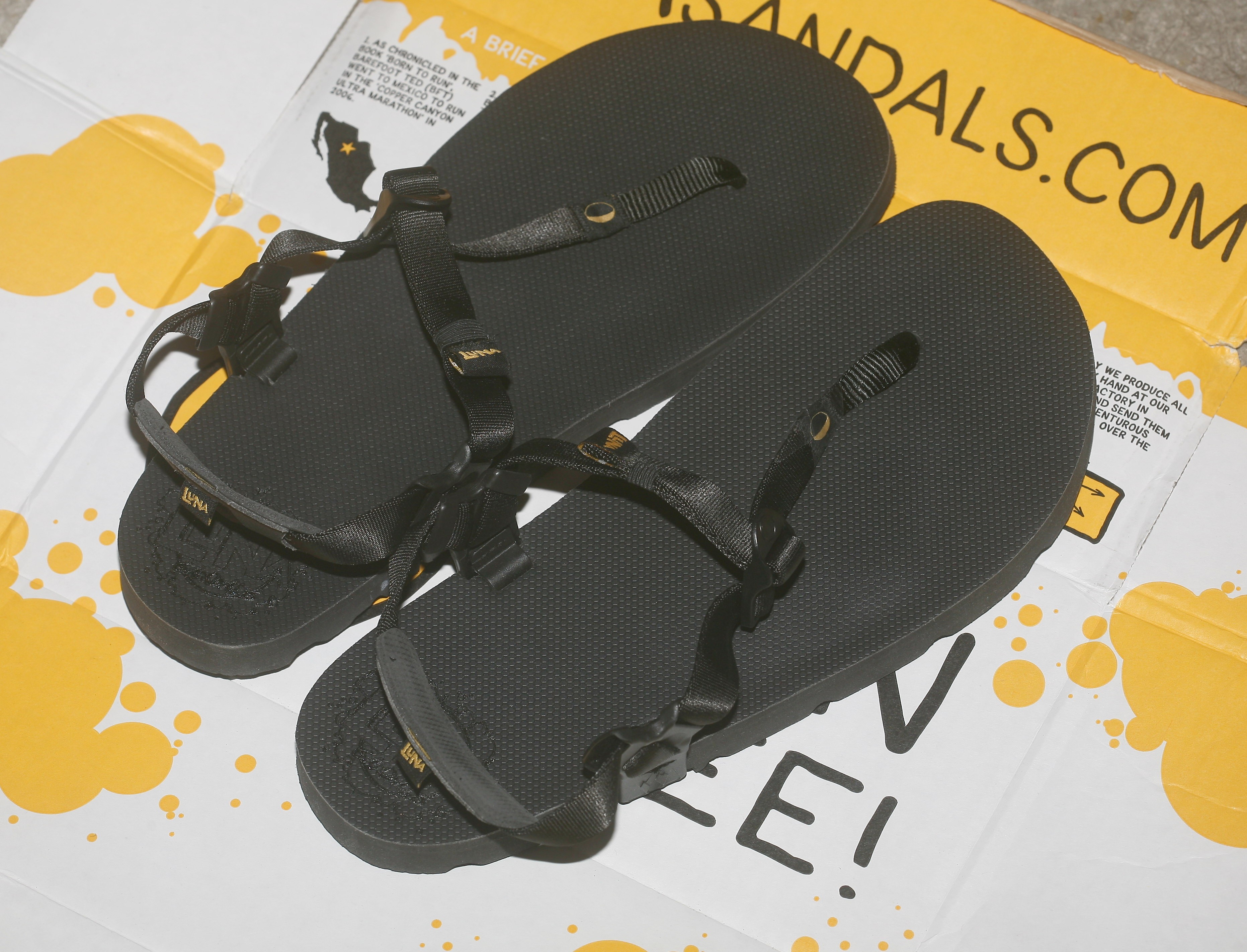
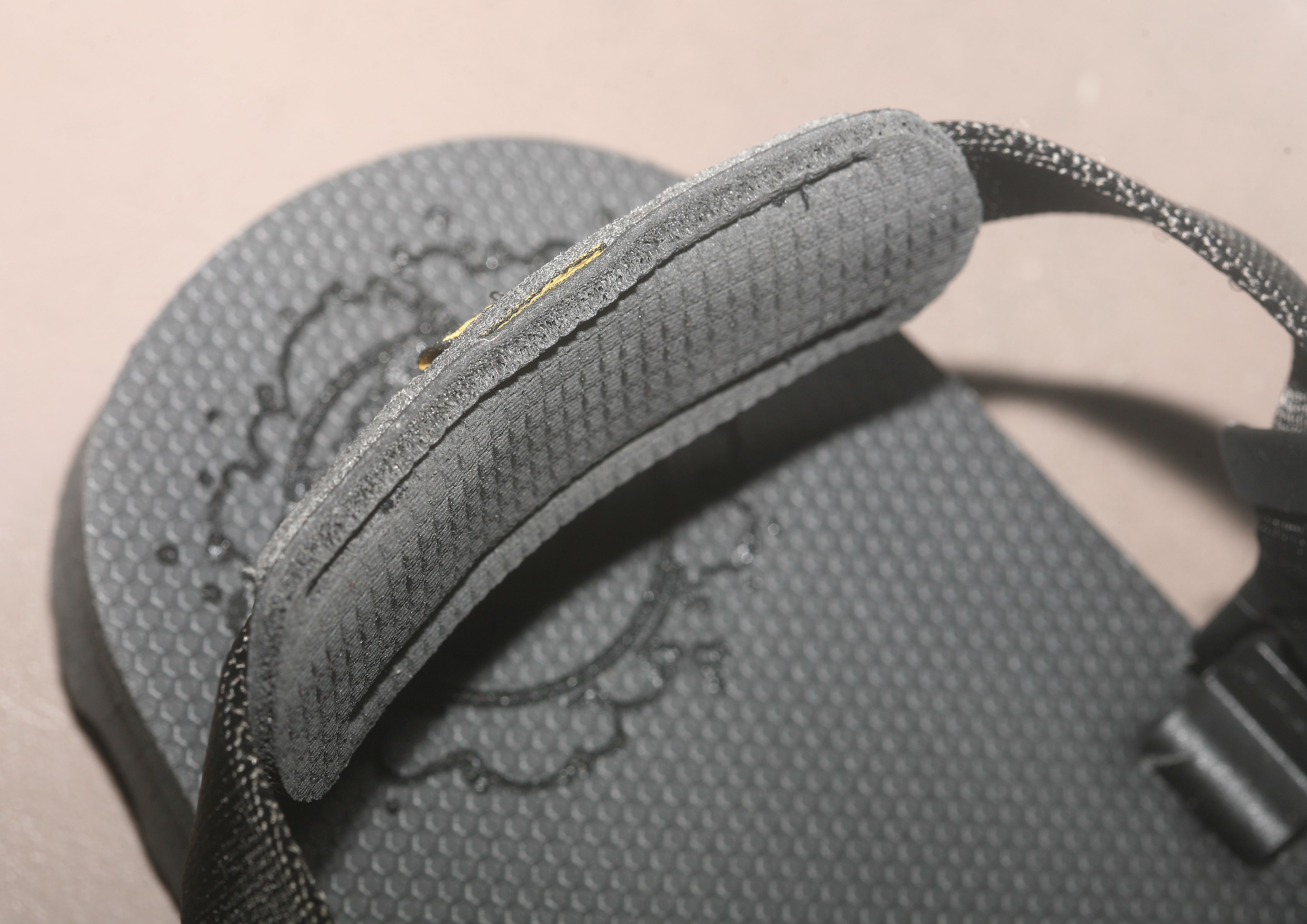
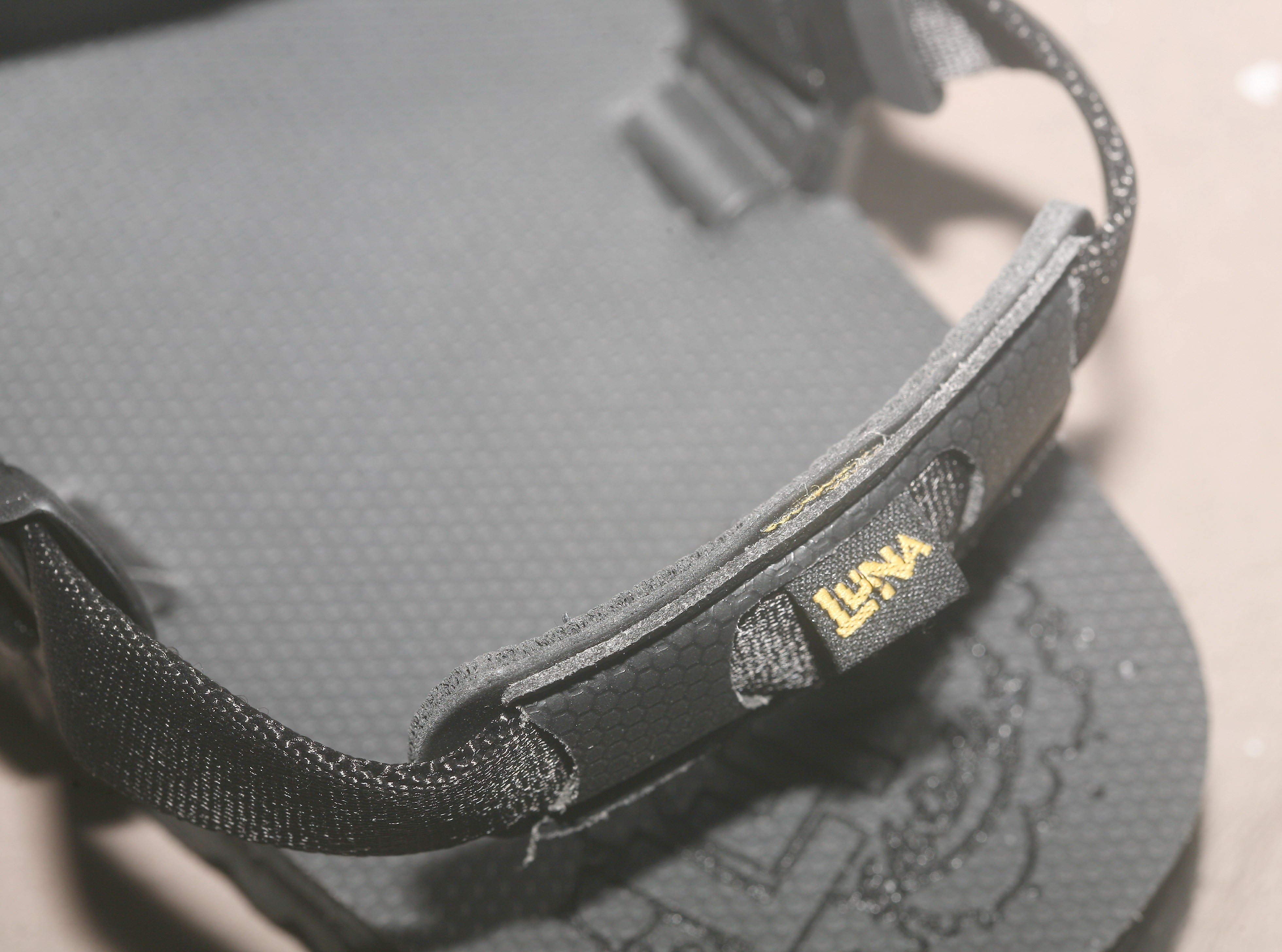
The heal bumper is some kind of neoprene sewed onto fake leather.
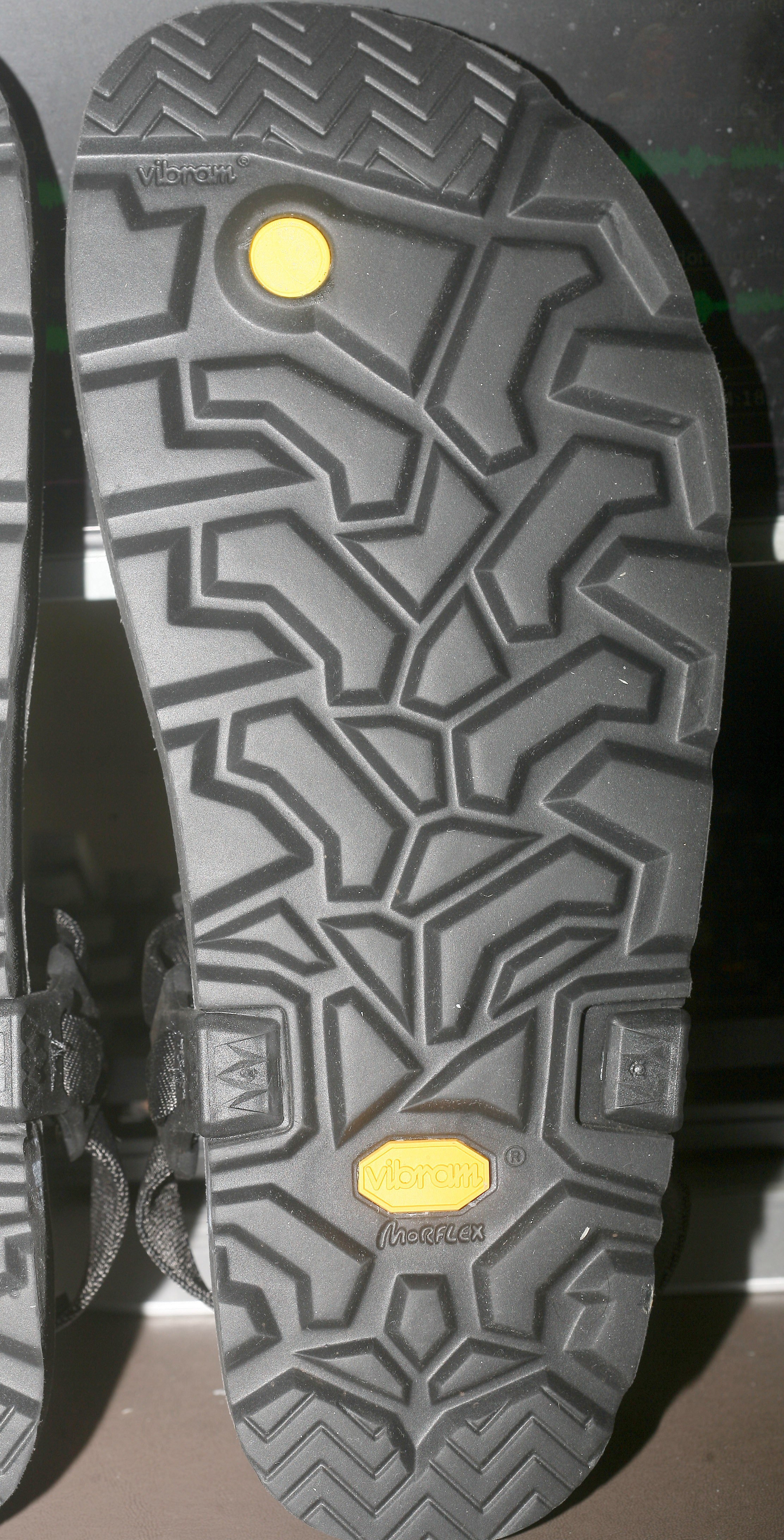
The sole was the only differentiating factor lions could find between their $80 & $110 sandals. It's much softer than Vibram's 1mm soling material but thicker. The lace fasteners go below the sole, so they'll wear out.
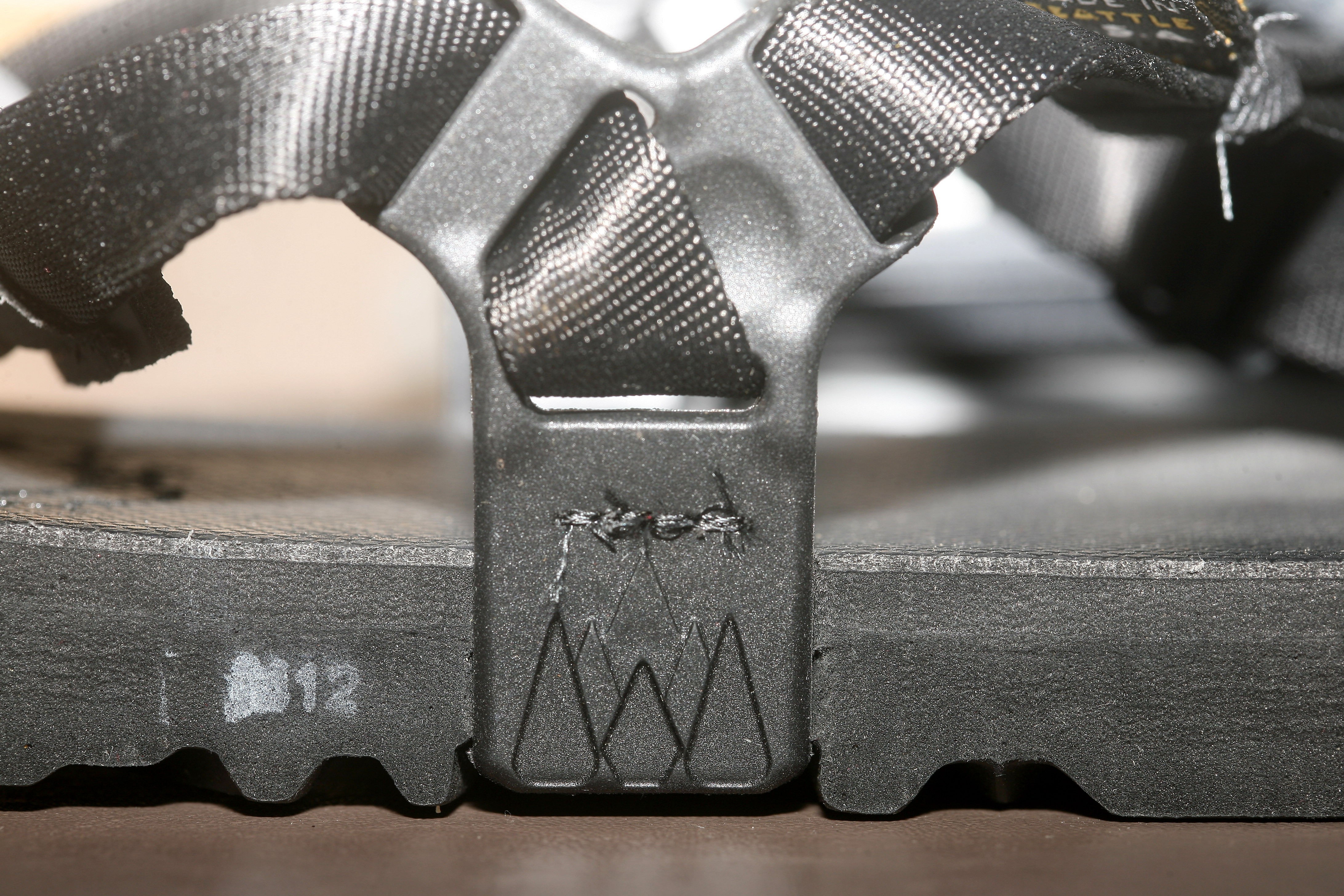
The sole contains Vibram rubber, probably a neoprene cushion, & a harder upper rubber. Also note the plastic lace attachment is sewed together.
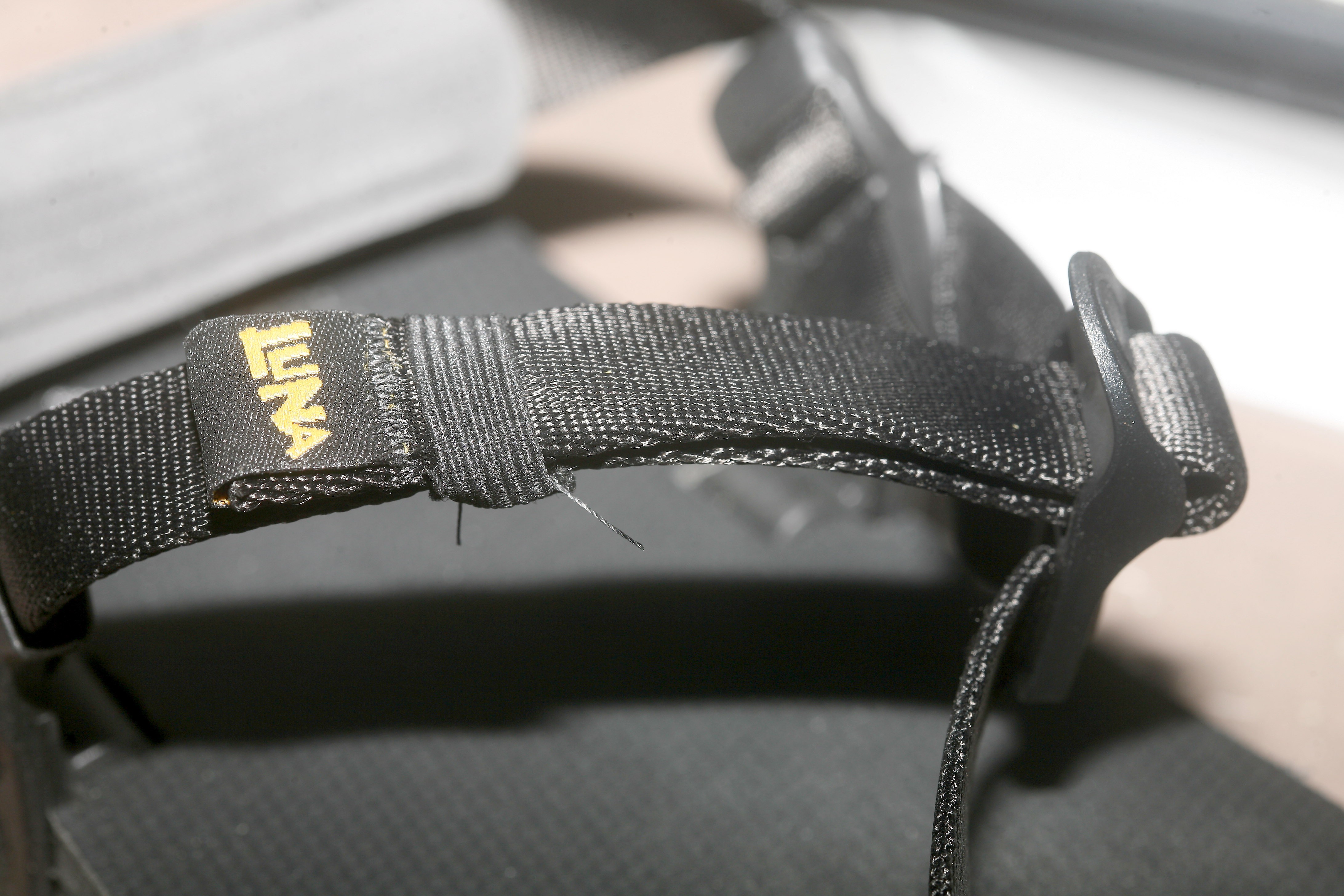
The lace is a single nylon tube of some kind. It doesn't use velcro but merely a fabric bungy cord of some kind to squeeze the end together.
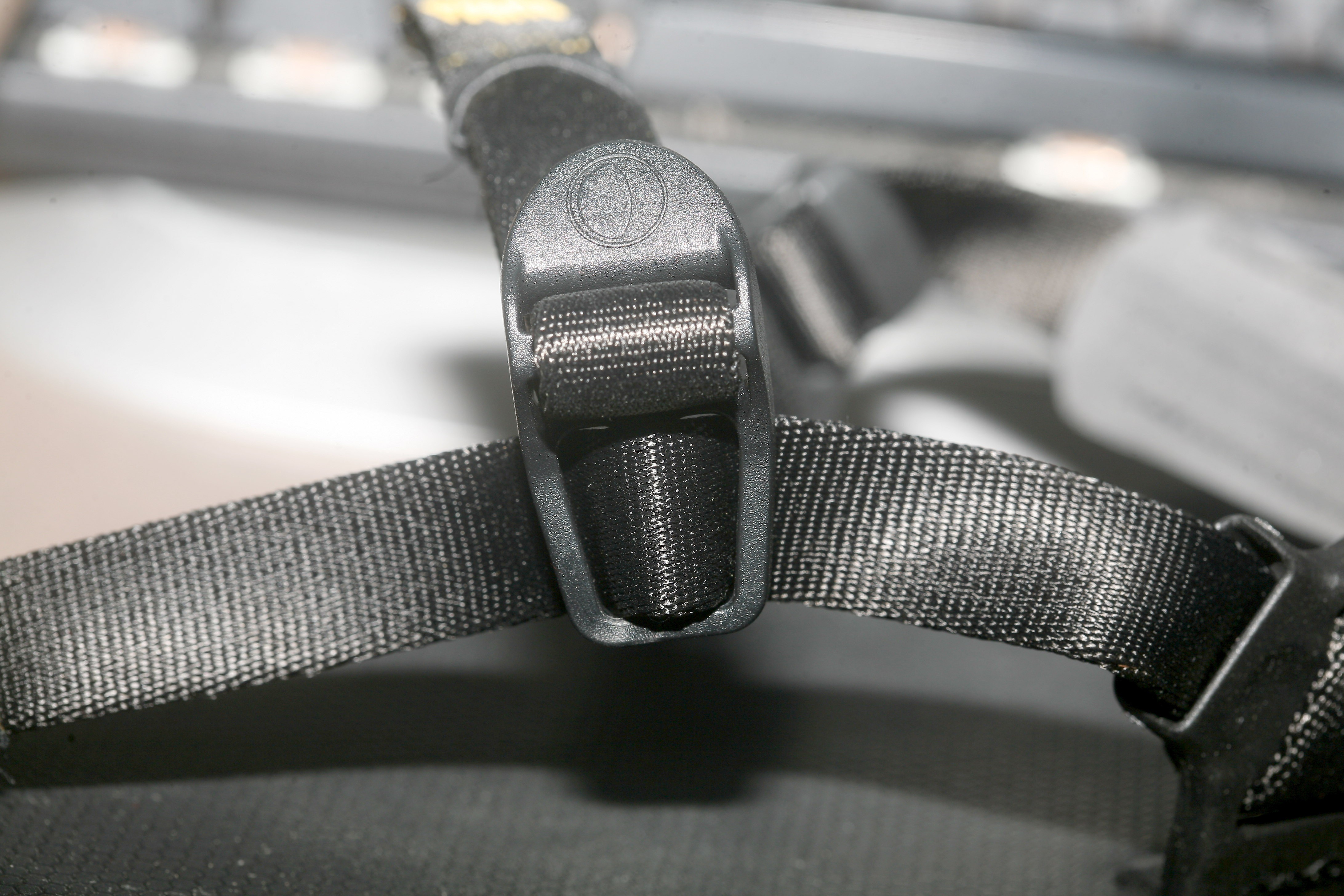
Fastener for toe plug & heal strap. It adds friction to keep the 3 lace segments the same size.
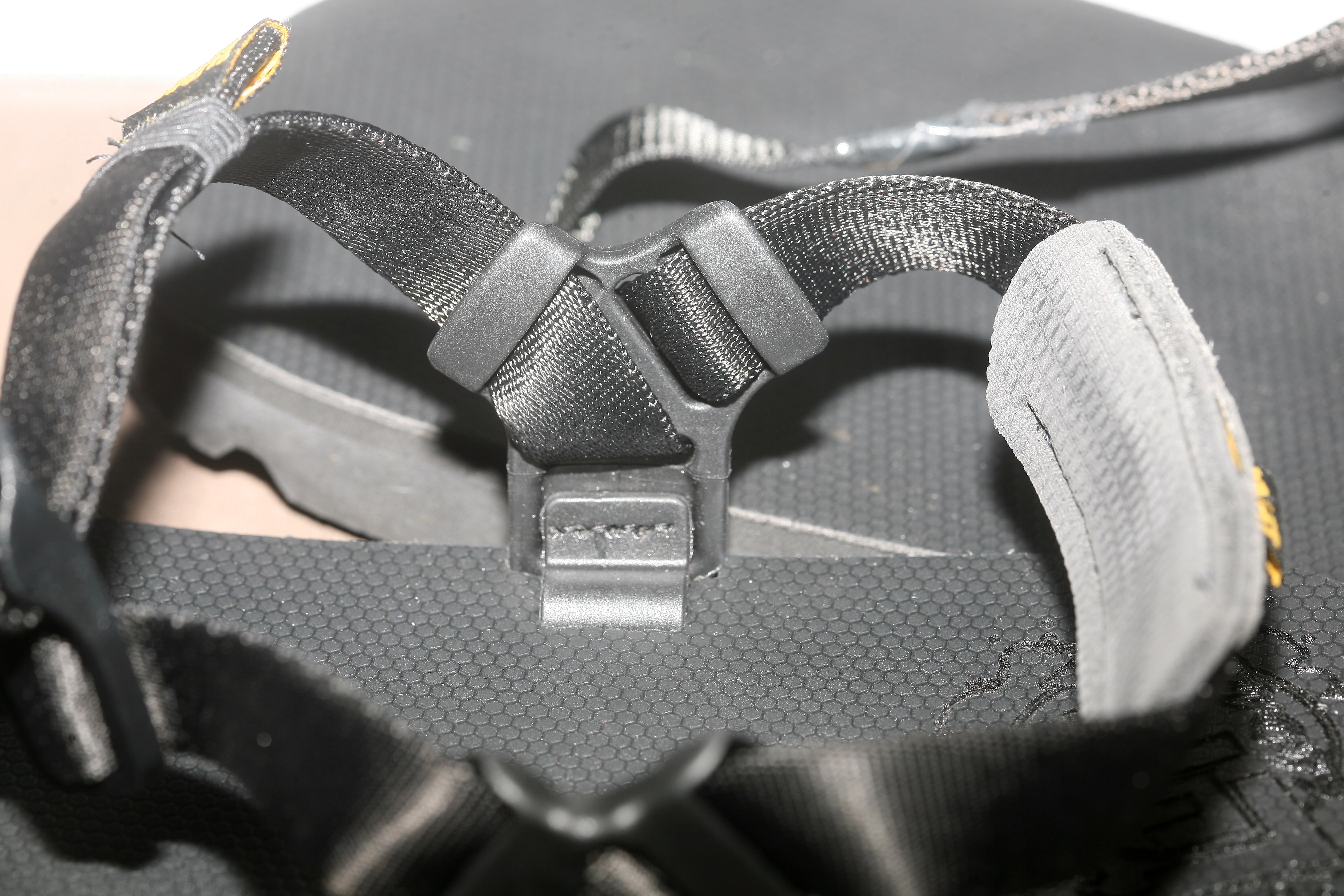
Heal to sole fastener. Plastic to withstand the wear from being exposed under the sole, but sewed instead of glued or riveted. It adds friction to keep the heel the same size.
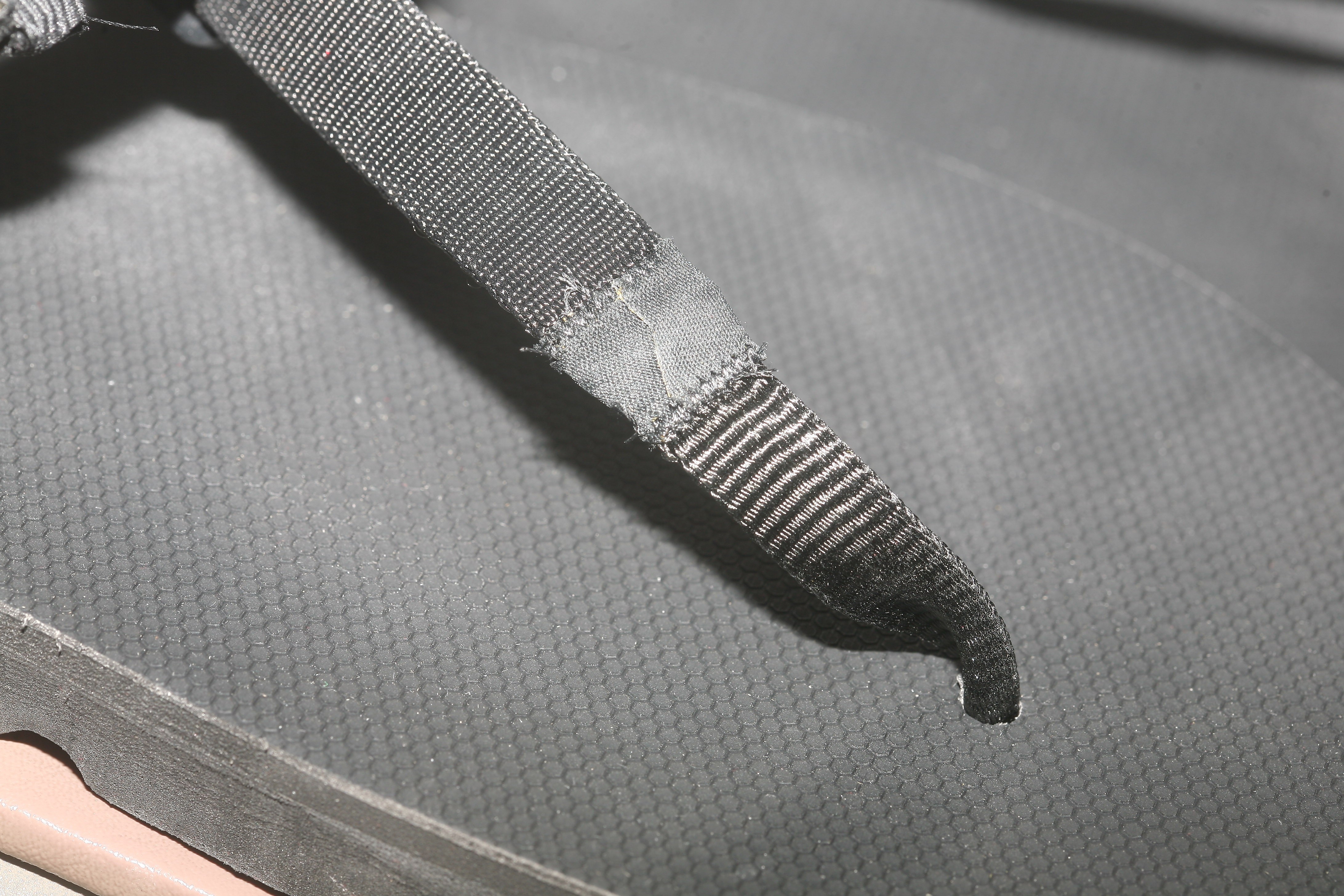
The toe plug has a fabric piece joining 2 nylon lace segments of different diameter. The fabric piece is the scene of a lot of sharp edges. The lion kingdom's 1st idea was to wrap it in scotch.
It was a useful example of how to manage a flat lace. Lions prefer separate laces for the toe plug & the heal. No fasteners should be exposed under the sole, since no plastic is as durable as Vibram soling material.
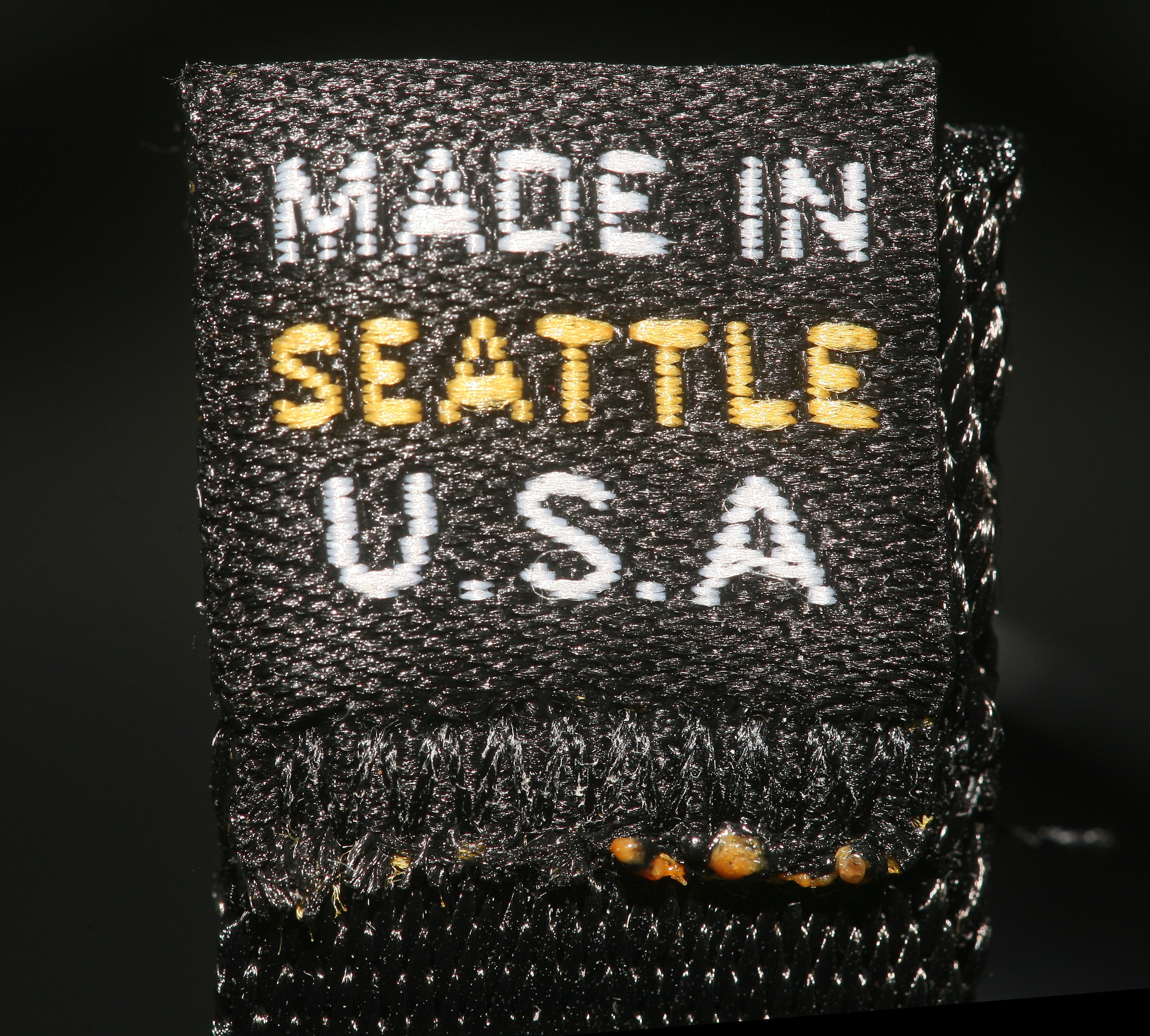
Obviously the soling material came from Italy & the plastic bits came from China, but there was a lot of sewing that could have been done in Seattle.
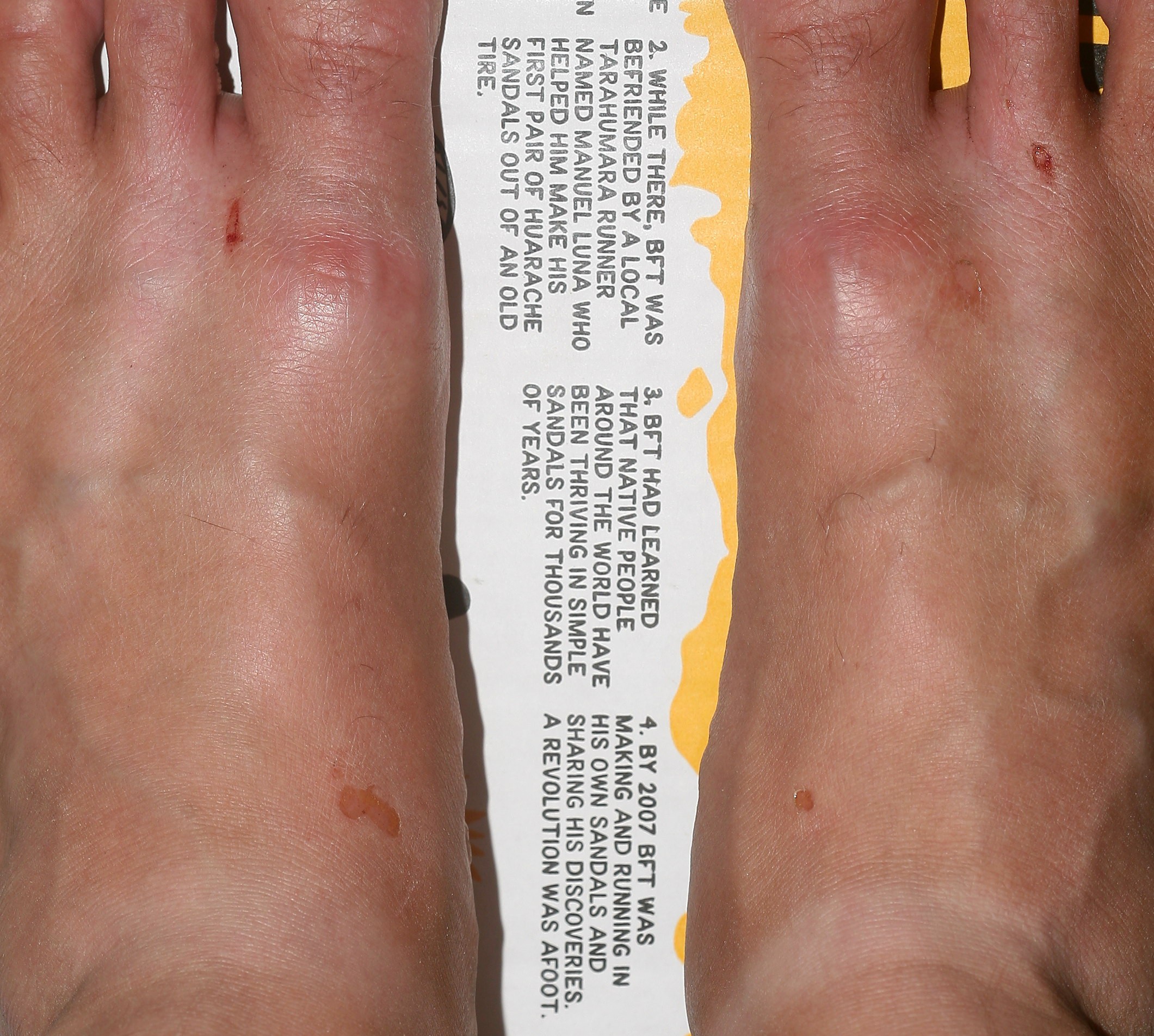
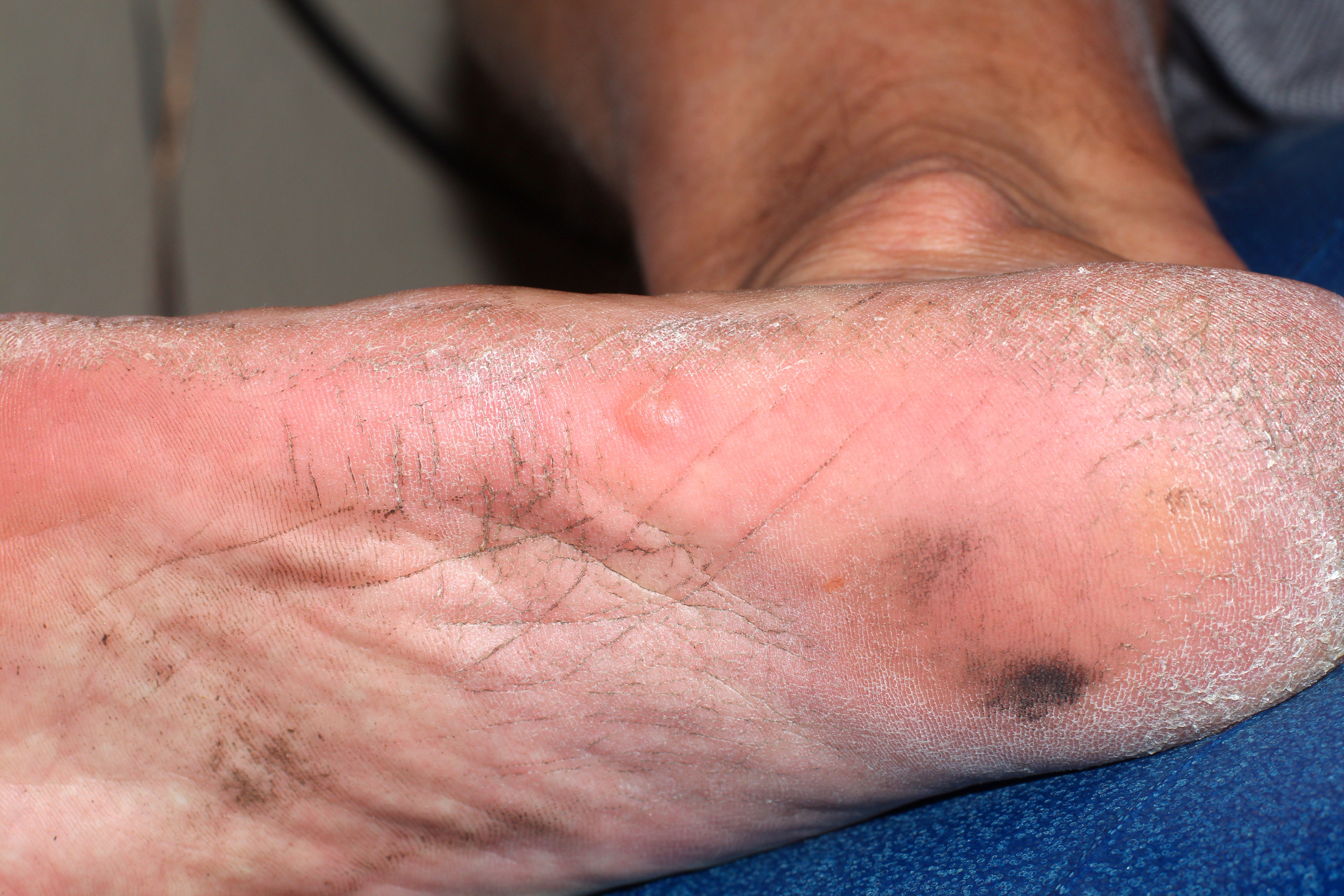
3 miles in those ended badly. The areas of the nylon lace system which were wrapped in bungy cords & fabric attacked the lion paws. The entire toe plug was a knife. The plastic side fasteners rode up on the sides of the sole, creating a blister causing bowl. At least the soles were effective at defeating rocks. There won't be an easy off the shelf trail sandal.
The nylon lace might be salvageable if it has a less abrasive covering on certain sections. The side fasteners need to be replaced by suede or something soft. It might involve sewing. In the worst case, the entire lace system can be replaced by tried & true multi pass string.
Rigid plastic fasteners which are fixed to the sole are how they prevent your paws from sliding around on hills. Shoes trade stiffness for covering your paw in a larger area of fabric, so to get the same stability from a softer material would require turning the soles into shoes.
 lion mclionhead
lion mclionhead
Discussions
Become a Hackaday.io Member
Create an account to leave a comment. Already have an account? Log In.